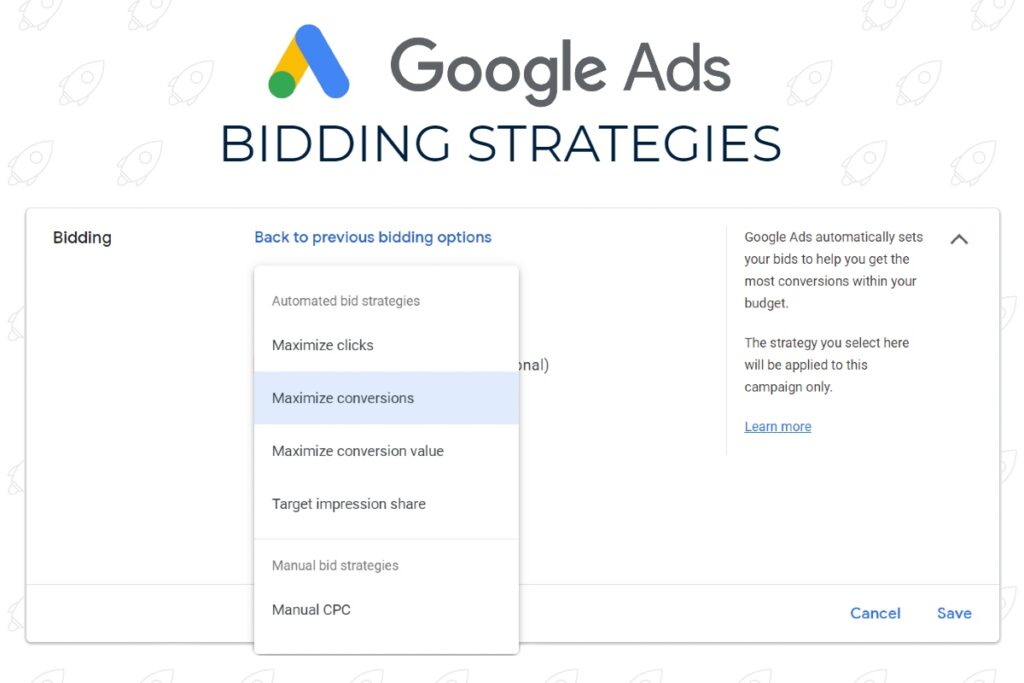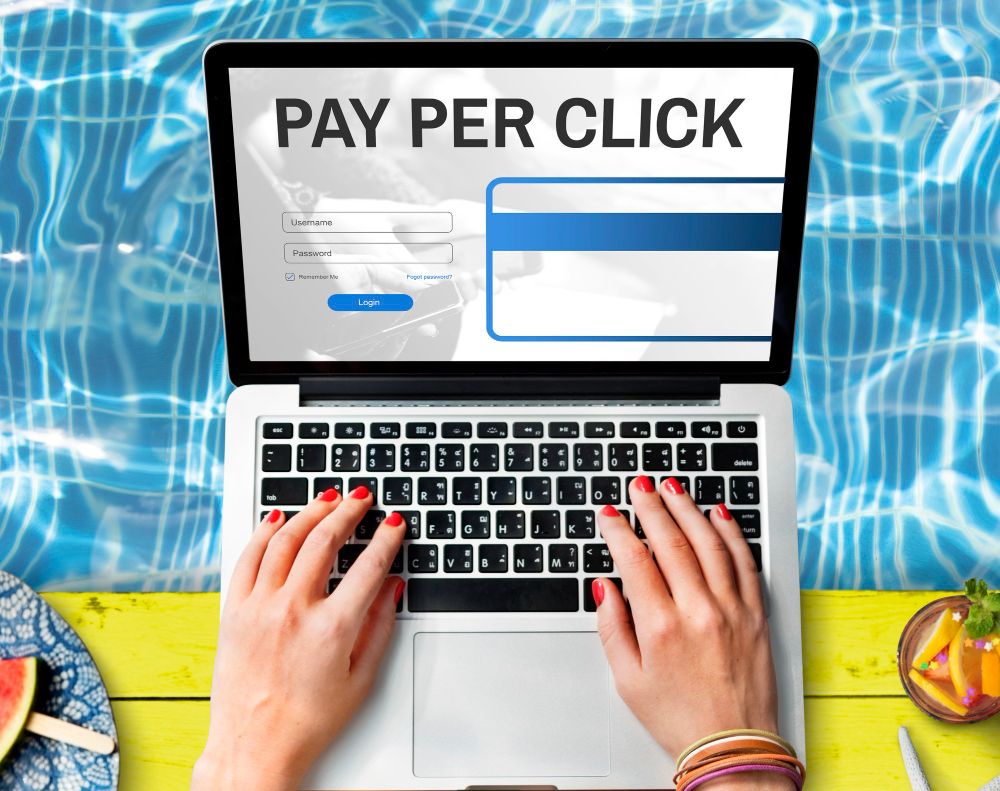Table of Contents
Pay-per-click (PPC) advertising remains one of the most effective digital marketing strategies for driving targeted traffic to websites. In 2024, advancements in AI, automation, and audience targeting have added new layers of complexity and opportunity to PPC campaigns. This guide covers the key technical elements of running a successful PPC campaign in 2024, leveraging the latest trends and best practices.
Conduct Advanced Keyword Research Using AI Tools

Why It Matters: Targeting the right keywords is the foundation of any PPC campaign. AI-driven tools now offer deeper insights, making keyword selection more accurate and predictive.
How to Do It:
- Use AI-Powered Keyword Tools: Leverage tools like Google’s Keyword Planner, SEMrush, or Ahrefs to generate keyword ideas. AI-driven keyword research tools can now provide insights into search trends, intent prediction, and seasonal variations.
- Focus on Intent-Based Keywords: Prioritize keywords that indicate strong buyer intent. Instead of broad terms (e.g., “running shoes”), focus on long-tail keywords that align with specific queries, such as “buy affordable running shoes online.”
- Predictive Analysis: Utilize machine learning tools to forecast how certain keywords will perform based on past trends and evolving search behavior. This helps optimize bidding strategies for emerging trends.
Set Up Precise Audience Targeting

Why It Matters: In 2024, audience segmentation and targeting have become more sophisticated, allowing for hyper-targeted ads that reach users at various stages of the buyer’s journey.
How to Do It:
- Use Google’s Audience Segments: Google’s advanced audience segments now allow for better targeting through predefined categories such as in-market, affinity, and custom-intent audiences. You can also create custom audiences based on website behavior or CRM data.
- Leverage Lookalike Audiences: Platforms like Facebook Ads and Google Ads provide lookalike audience features that help you reach users who are similar to your existing customers, based on demographics, behavior, and interests.
- Utilize First-Party Data: With changes in third-party cookie policies, first-party data (collected from your own website or CRM) is more valuable than ever. Use this data to create highly targeted remarketing lists and lookalike audiences for retargeting campaigns.
- Dynamic Segmentation: AI-powered tools can dynamically segment audiences based on real-time behavior and engagement, automatically adjusting bids or ad placements for different groups.
Optimize Ad Copy with Machine Learning
Why It Matters: Writing compelling ad copy is essential to attract clicks, but manual A/B testing is no longer the only option. In 2024, machine learning algorithms can help optimize ad variations for better performance.
How to Do It:
- Responsive Search Ads (RSAs): Use Google’s responsive search ads, which allow you to enter multiple headlines and descriptions. Google’s AI will then automatically test different combinations to determine the best-performing ad for various audiences.
- Dynamic Keyword Insertion (DKI): Implement DKI to dynamically insert a searcher’s keyword query into your ad copy, making the ad more relevant and increasing CTR (click-through rate).
- Leverage AI for Ad Personalization: AI-powered platforms like Persado or Copy.ai analyze language patterns and audience behavior to recommend optimized ad copy that resonates with different segments.
- Test Multiple Ad Variations: Ensure that you continuously test various ad creatives, headlines, and descriptions. Use automated testing tools that employ machine learning to optimize these variants based on performance metrics.
Use Automated Bidding Strategies for Efficiency

Why It Matters: Manual bidding can be inefficient, especially with the level of complexity that PPC campaigns require in 2024. Automated bidding strategies use machine learning to adjust bids in real-time based on performance data.
How to Do It:
- Choose the Right Bidding Strategy: Google Ads offers various automated bidding strategies such as Target CPA (Cost Per Acquisition), Maximize Conversions, Target ROAS (Return on Ad Spend), and Enhanced CPC (Cost-Per-Click). Select a strategy that aligns with your campaign objectives (e.g., maximize clicks, increase conversions, or achieve a target return on ad spend).
- Leverage Smart Bidding: Smart Bidding is a subset of automated bidding strategies that uses machine learning to optimize bids based on real-time signals, such as device, location, time of day, and audience behavior. It helps maximize conversions while staying within your budget.
- Use Rules and Scripts: For more granular control, you can set up rules or use scripts within Google Ads to adjust bids based on certain triggers, such as lowering bids when conversion rates drop or increasing them when competitor activity spikes.
Create High-Converting Landing Pages

Why It Matters: Even the best-targeted ads won’t convert if they direct users to poorly designed landing pages. In 2024, user expectations for speed, usability, and relevance are higher than ever, making landing page optimization crucial for success.
How to Do It:
- Ensure Fast Loading Times: Page speed is critical for both SEO and PPC. Use tools like Google PageSpeed Insights to measure your landing page speed and make necessary optimizations (e.g., compressing images, reducing server response time, using a content delivery network).
- Use Conversion-Centric Design: Your landing page should be focused on converting users. Include clear calls to action (CTAs), concise and persuasive copy, and visually appealing design elements that guide users to take action.
- Optimize for Mobile: More than 50% of web traffic comes from mobile devices. Ensure your landing page is mobile-optimized by using responsive design, large touch targets, and simplified navigation for smaller screens.
- Dynamic Content for Personalization: Implement dynamic content that adjusts based on the user’s location, search query, or behavior. Tools like Unbounce or Instapage allow for easy creation of personalized landing pages that improve conversion rates.
- A/B Testing: Continuously A/B test elements like headlines, CTAs, forms, and images to see what resonates best with your audience. Platforms like Google Optimize or Optimizely can help you streamline this process.
Leverage Automation for Campaign Management
Why It Matters: PPC management is time-intensive, but automation tools can reduce manual tasks, allowing you to focus on strategic decisions. In 2024, automation features can manage bids, budgets, and even creative updates.
How to Do It:
- Automate Ad Scheduling: Set up automated rules to adjust ad scheduling based on time-of-day performance. For example, if your ads perform better on weekdays between 9 AM and 5 PM, automate ad schedules to increase bids during those times.
- Budget Optimization: Use tools like Google Ads Scripts or platforms like Optmyzr to automate budget adjustments. These tools can help you shift budgets between campaigns, pause underperforming ads, and reallocate funds to top performers.
- AI-Driven Recommendations: Google Ads and Microsoft Ads now offer AI-based recommendations that can automatically suggest optimizations, such as adjusting keyword bids, creating new ad variations, or identifying low-performing ad groups.
- Automate Retargeting: Use automation to manage retargeting campaigns. Platforms like Facebook Ads Manager and Google Ads allow you to automatically create dynamic retargeting ads based on user interactions with your website or products.
Track and Analyze Data with AI-Powered Analytics
Why It Matters: In 2024, successful PPC campaigns rely on data-driven decisions. AI-powered analytics tools provide deeper insights, predictive analytics, and actionable recommendations to help you optimize your campaigns.
How to Do It:
- Use AI for Predictive Analytics: Tools like Google Analytics 4 (GA4) and Data Studio integrate AI to predict trends, user behavior, and potential outcomes. This allows you to make informed decisions on ad spend, targeting, and creative.
- Leverage Attribution Modeling: Attribution models in Google Ads or GA4 help you understand which touchpoints along the user journey are driving conversions. Choose the appropriate attribution model (e.g., data-driven attribution, time decay, linear attribution) to better allocate your budget.
- Analyze Conversion Data in Real-Time: Use AI-powered dashboards and reporting tools to monitor your PPC performance in real-time. These tools can provide insights into CTR, conversion rate, cost per click, and other important KPIs, helping you adjust campaigns on the fly.
- Measure Beyond Clicks: Focus on meaningful metrics such as return on ad spend (ROAS), cost per acquisition (CPA), and lifetime customer value (LTV) rather than simply click-through rates. Tools like Google Tag Manager can help track user actions and conversions across multiple touchpoints.
Optimize Campaigns with Voice Search in Mind
Why It Matters: Voice search continues to grow in popularity, and optimizing PPC campaigns for voice search can give you a competitive edge in 2024.
How to Do It:
- Target Conversational Keywords: Voice searches tend to be longer and more conversational (e.g., “Where can I find a good pizza place near me?”). Adjust your keyword strategy to include natural, question-based queries.
- Create Ads for Local Search: Voice searches are often local in nature. Optimize your PPC campaigns for local intent by using geo-targeted keywords and location-based extensions in your ads.
- Use Structured Data: Implement structured data (schema markup) on your landing pages to help search engines understand your content and serve it as a result for voice queries.
Conclusion
Creating successful PPC campaigns in 2024 involves leveraging the latest AI-powered tools, automated bidding strategies, and advanced targeting techniques to optimize performance. By focusing on data-driven decision-making, automating time-consuming tasks, and continuously testing and refining your campaigns, you can stay ahead of the competition and achieve better results in an increasingly complex PPC landscape.

